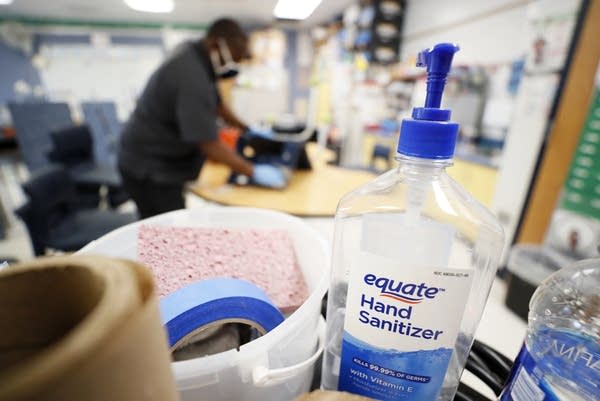For Minnesotans, Walz’s school plan brings more questions than answers

A bottle of hand sanitizer sits on a cart as Des Moines Public Schools custodian Tracy Harris cleans a chair in a classroom at Brubaker Elementary School in July. In Minnesota, with little more than guidance from the state government for how to handle the upcoming school year, many families remain in limbo for how their lives will look in a month.
Charlie Neibergall | AP Photo file
Go Deeper.
Create an account or log in to save stories.
Like this?
Thanks for liking this story! We have added it to a list of your favorite stories.


